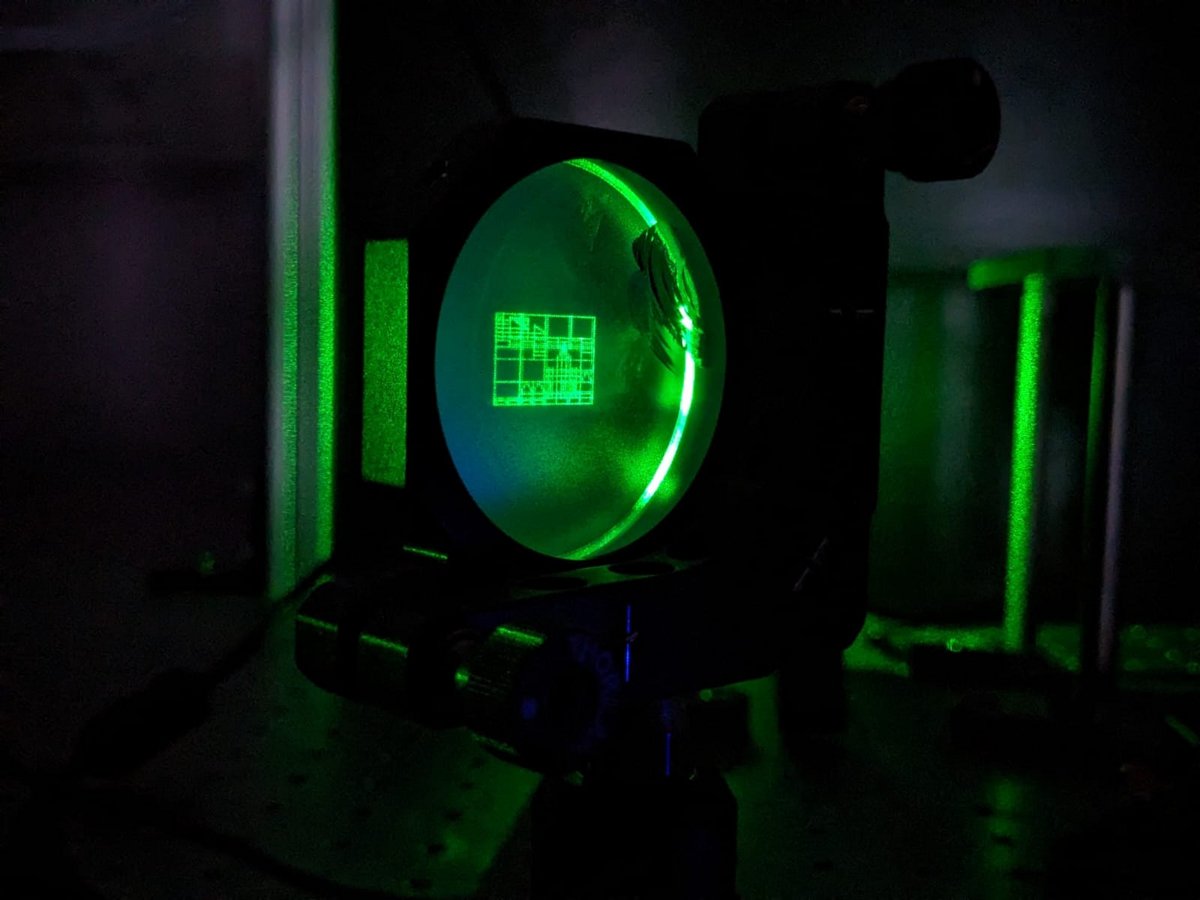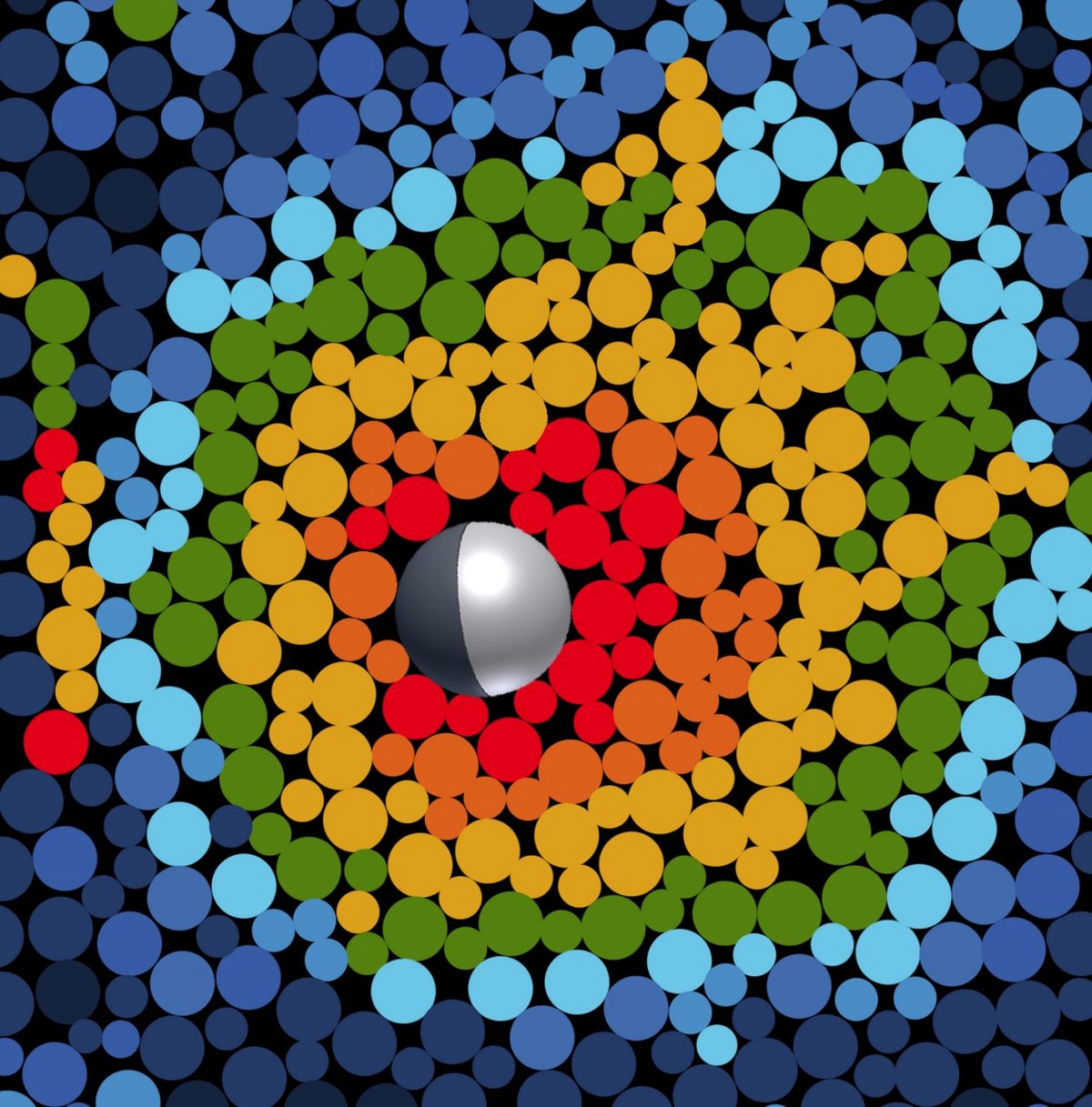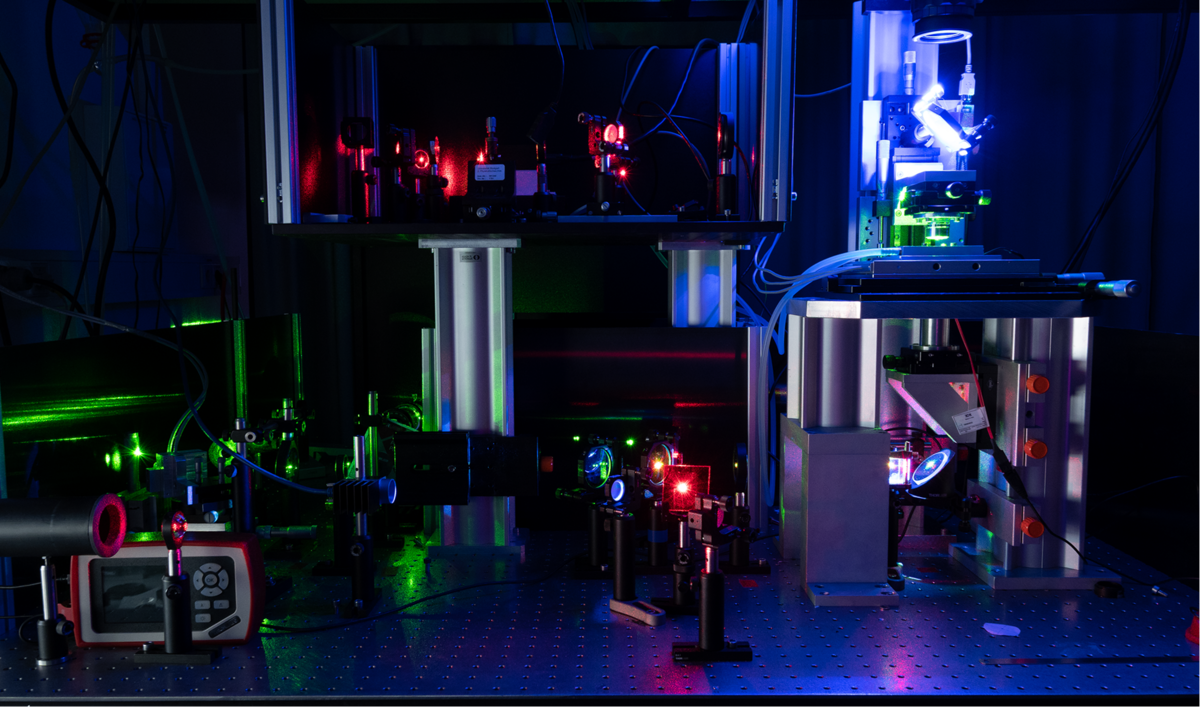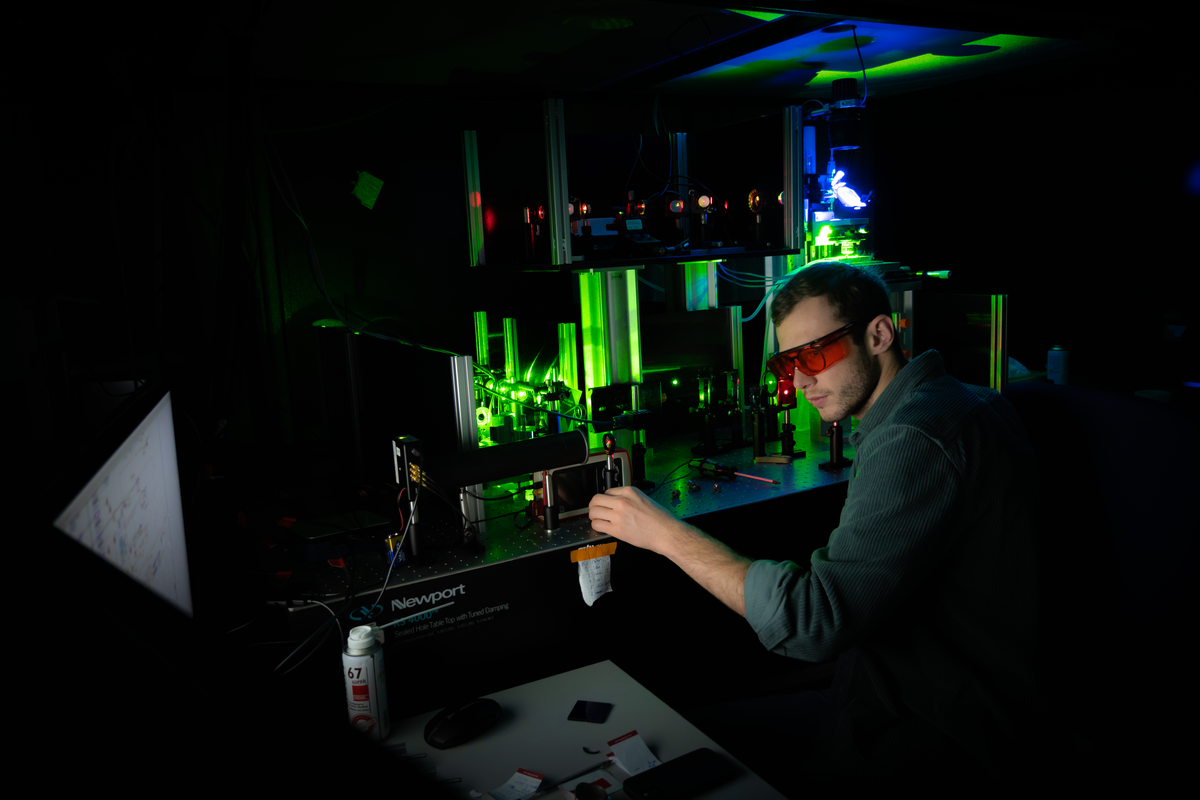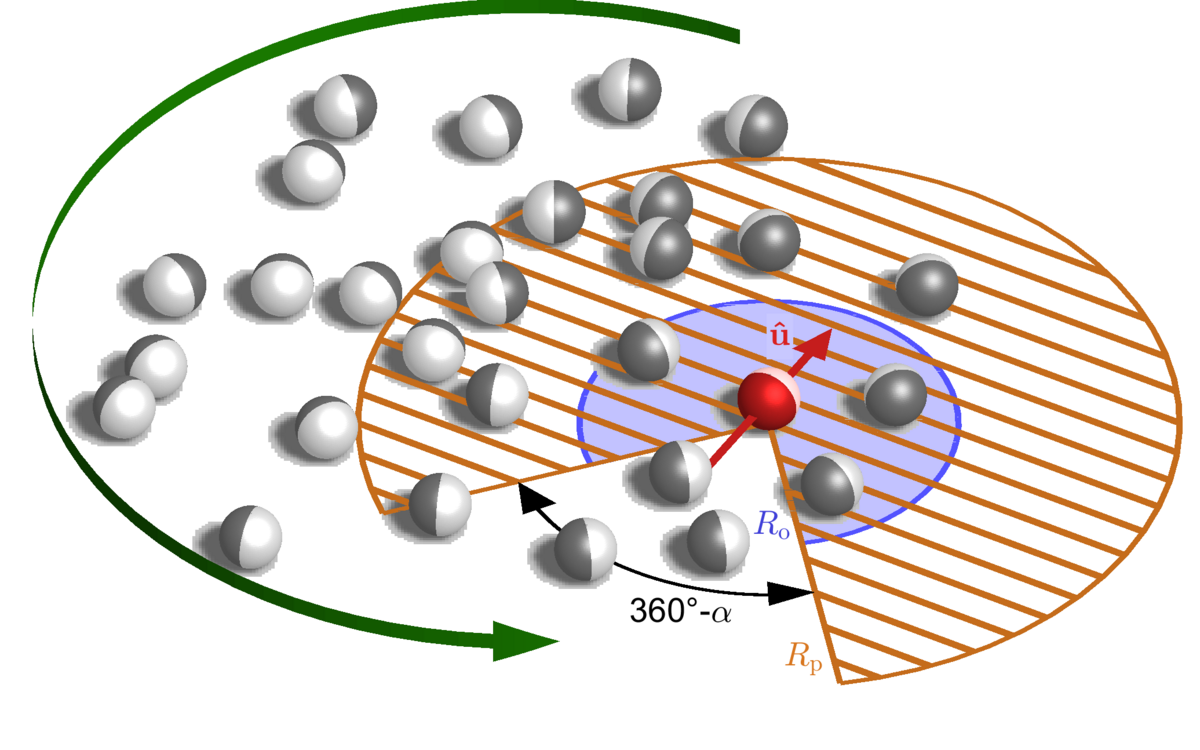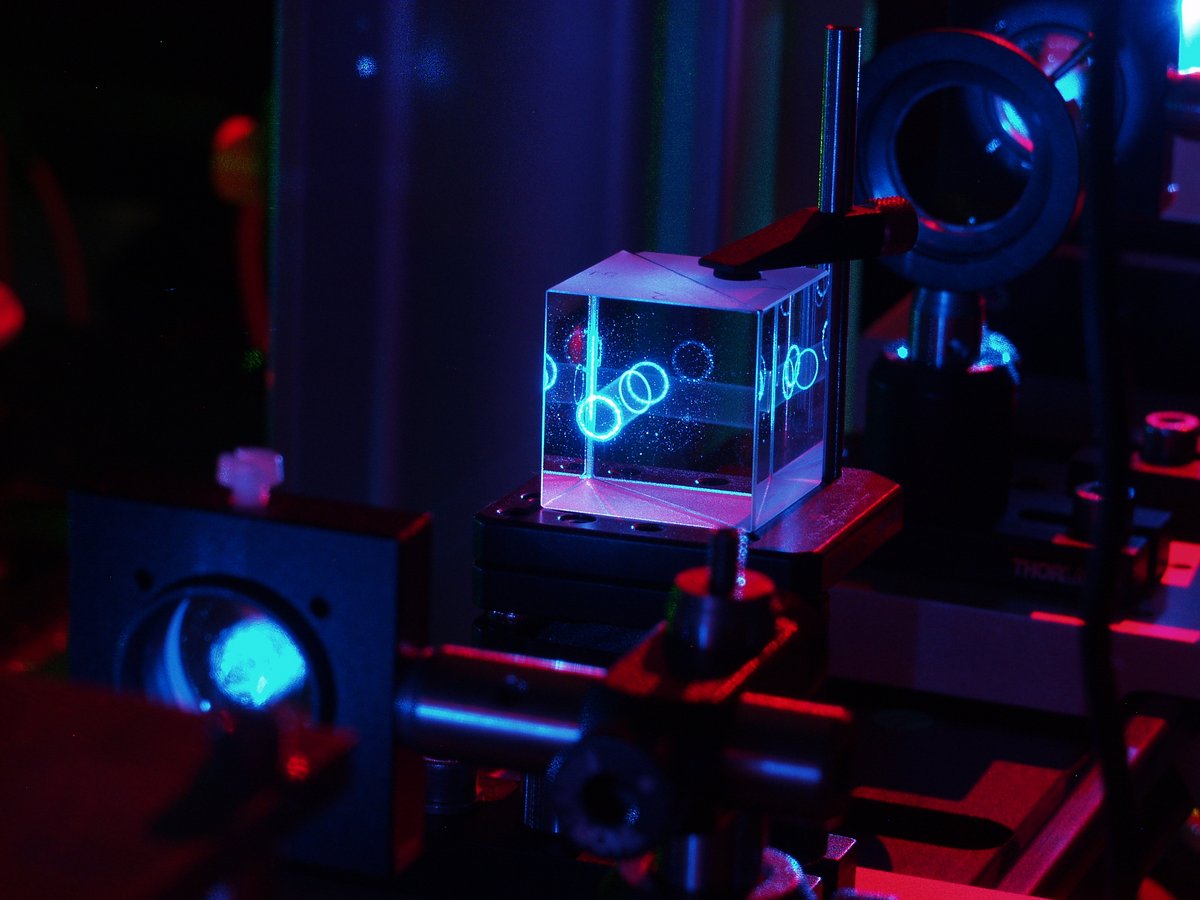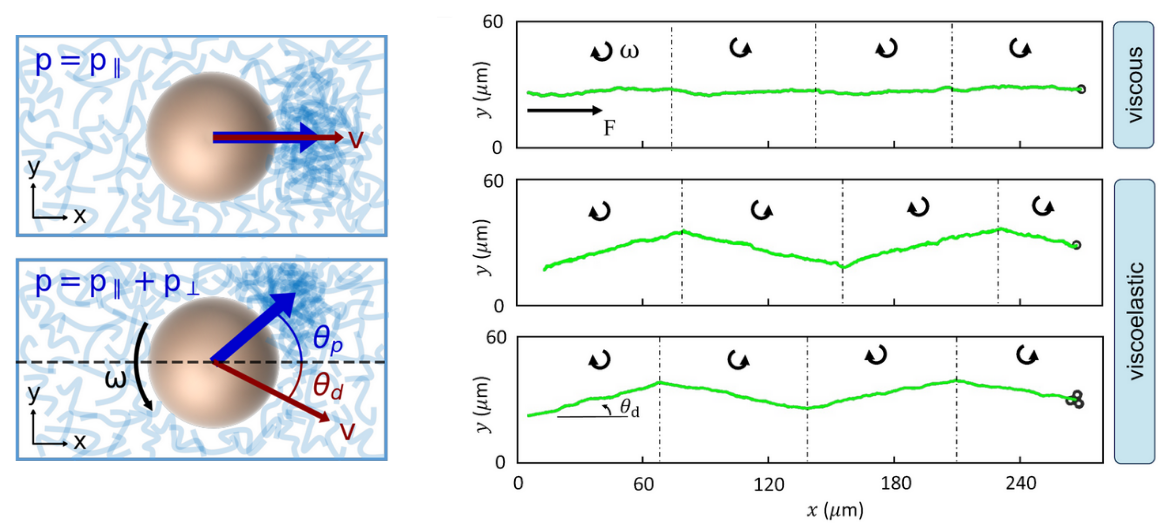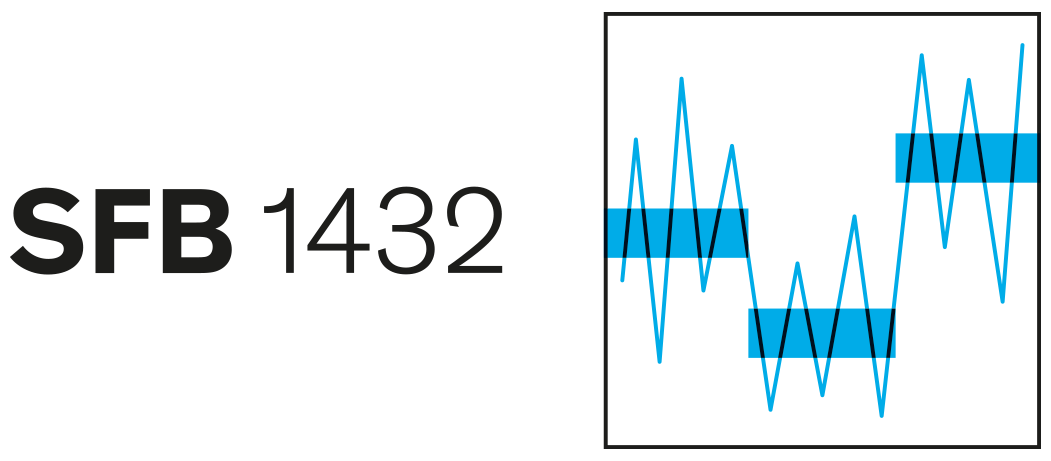
Clogging of soft channels by self-propelled microparticles
Self-propelled microparticles are known to form clusters by blocking each other in a phenomenon called motility-induced phase separation (MIPS). Understanding how this behavior leads to clogging in thin channels can provide valuable insights into the nature of MIPS and may help in the design of microfluidic devices to promote or suppress clogging.
Read more
